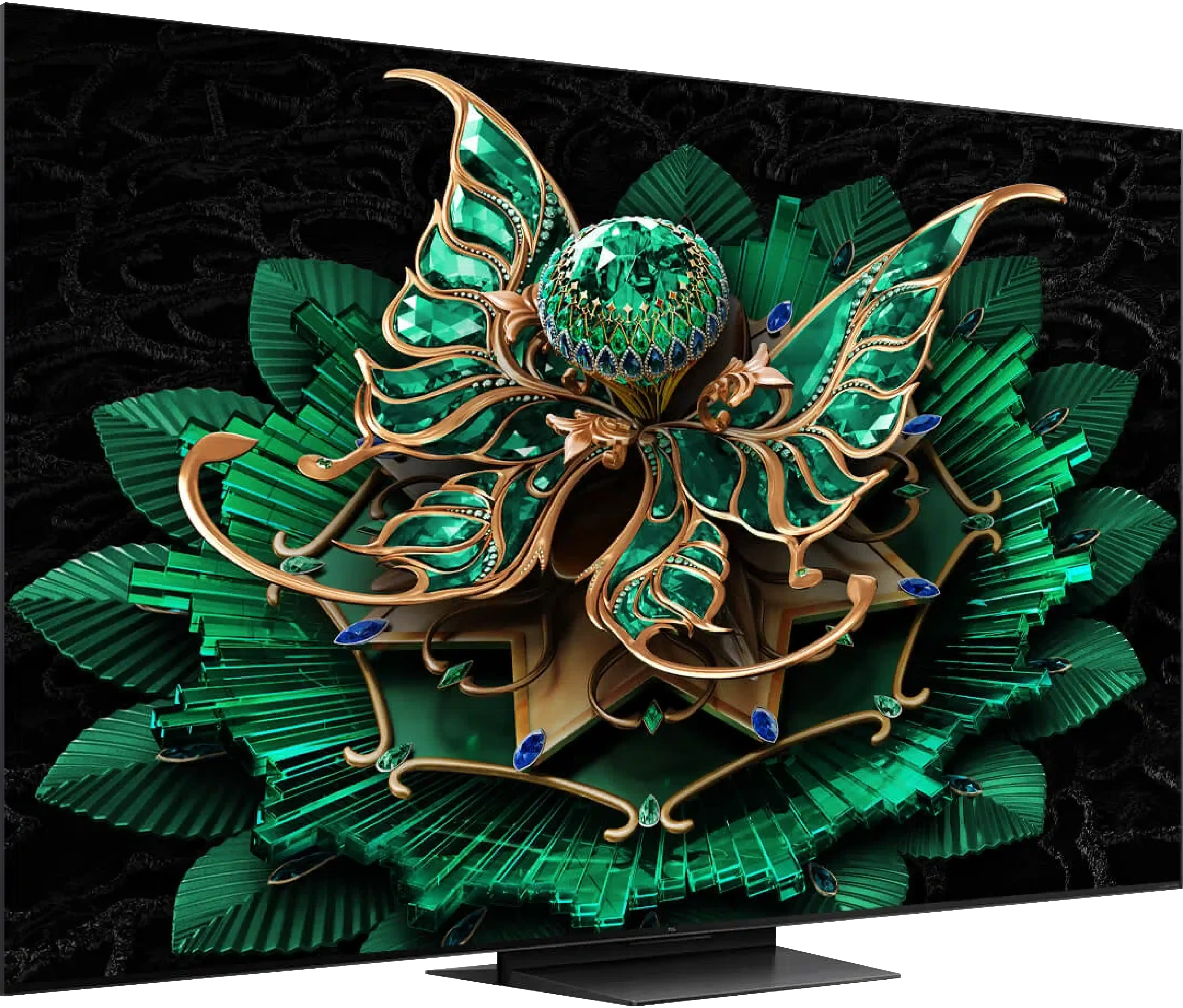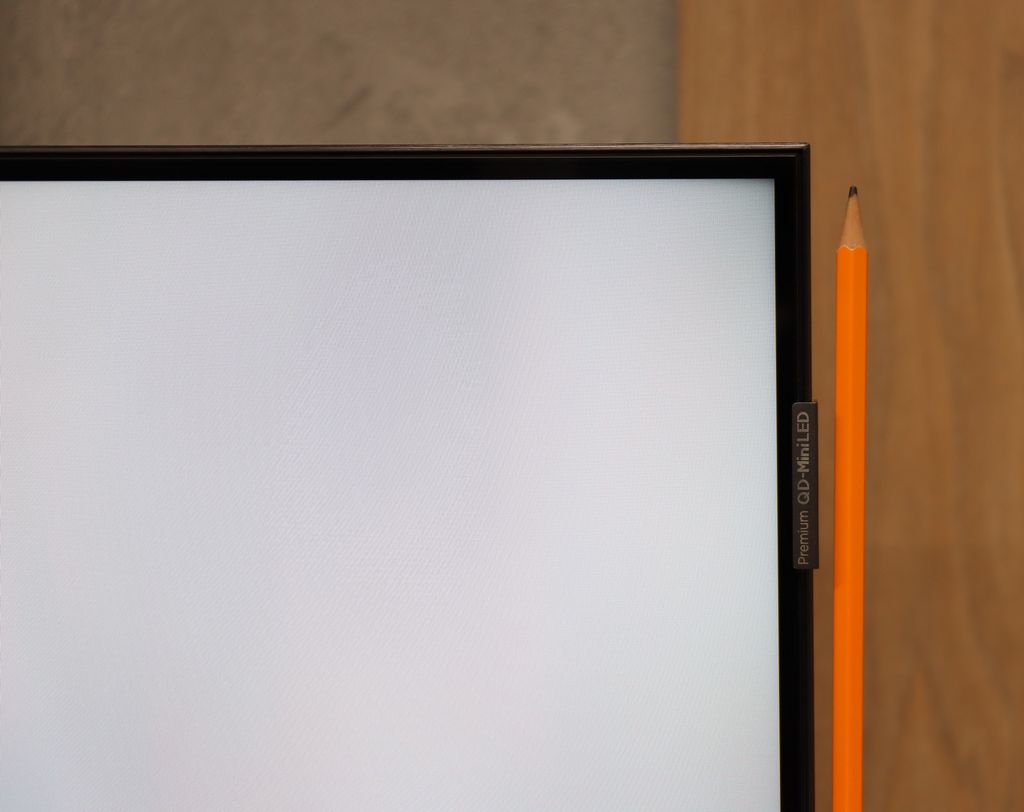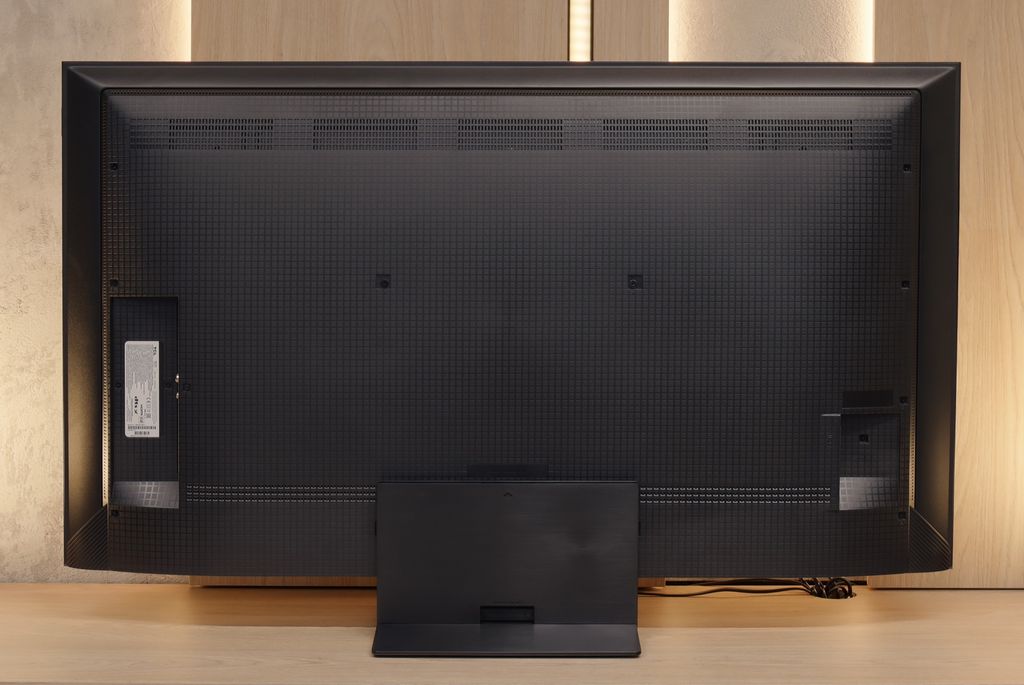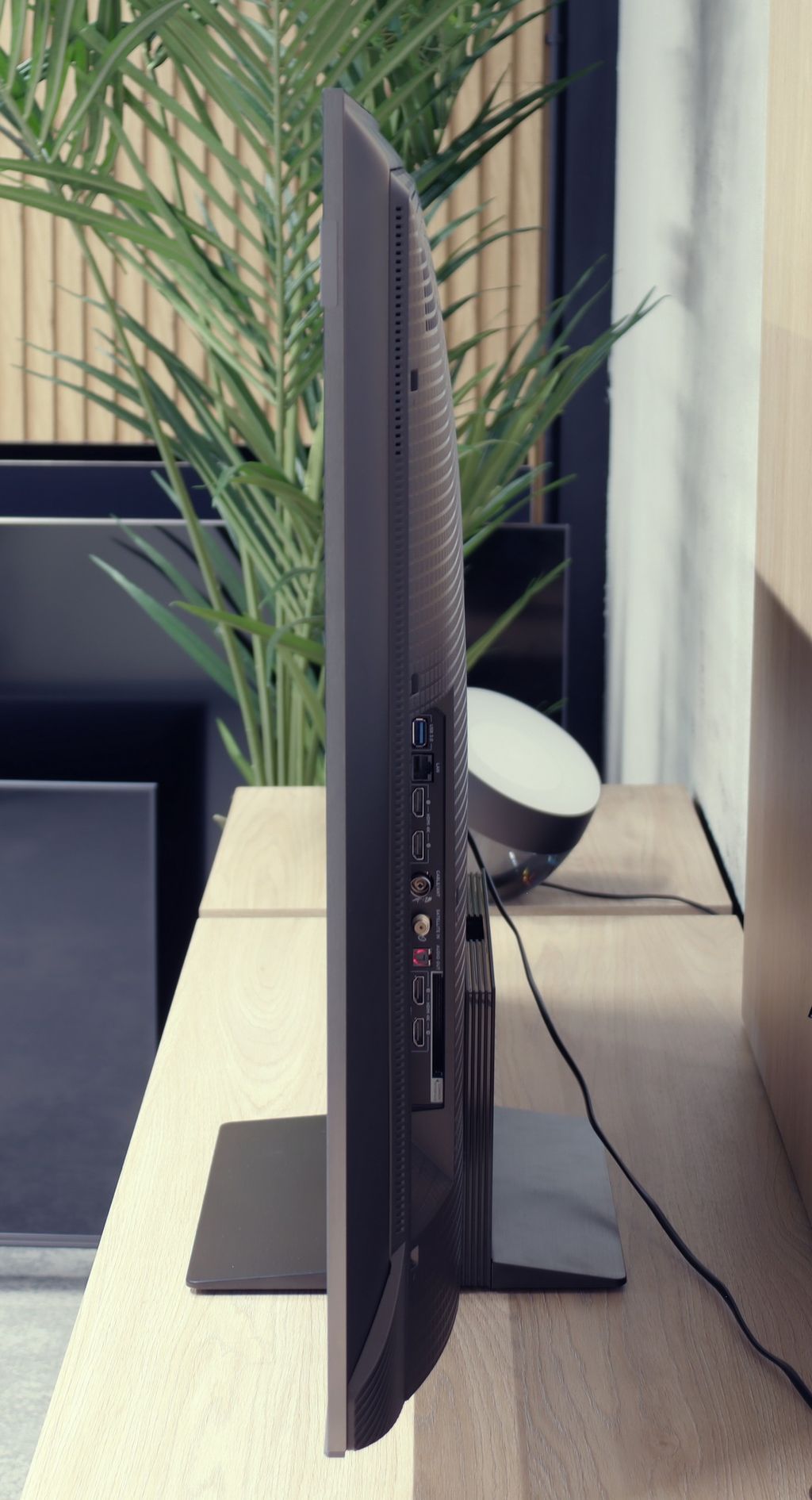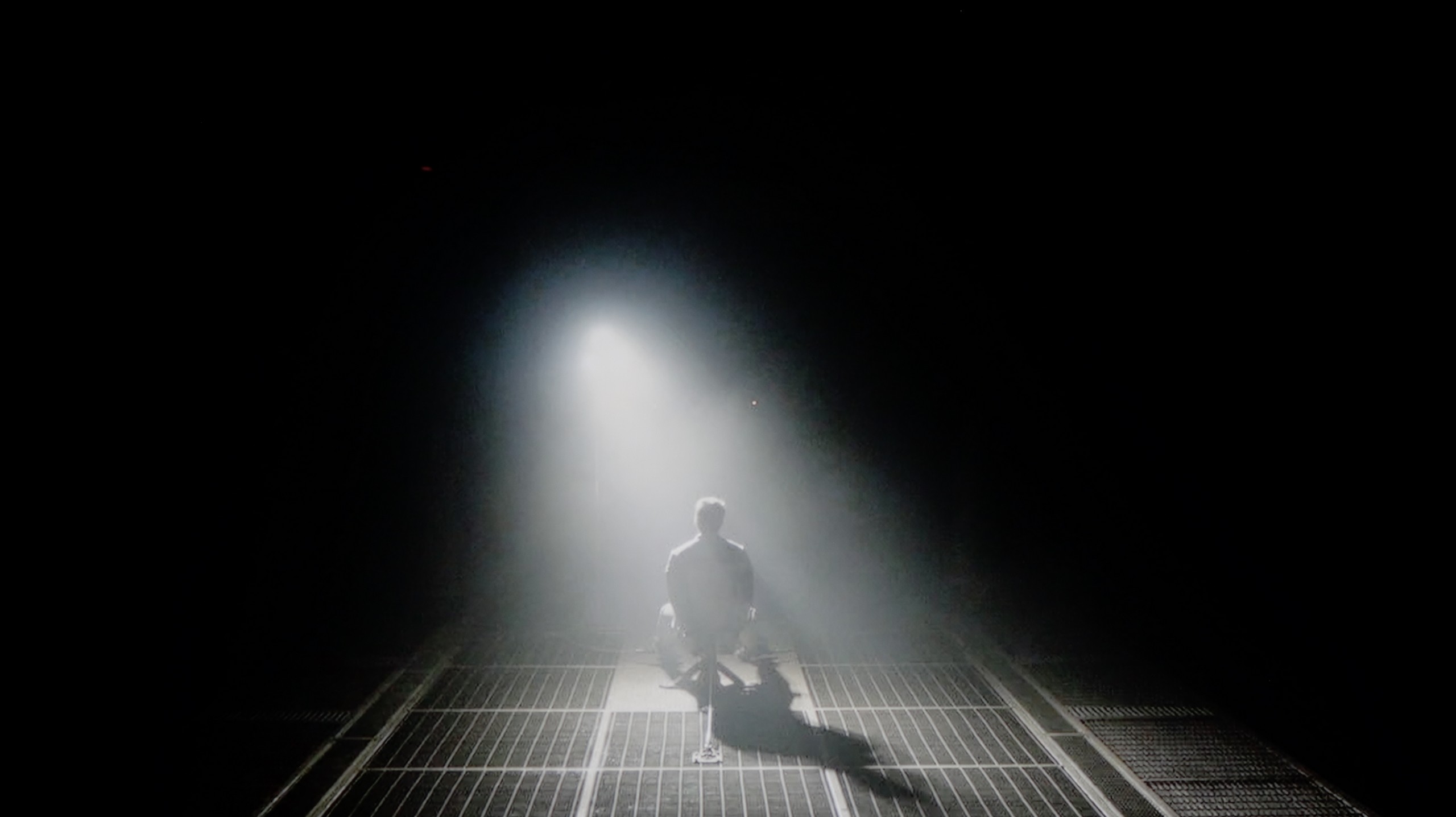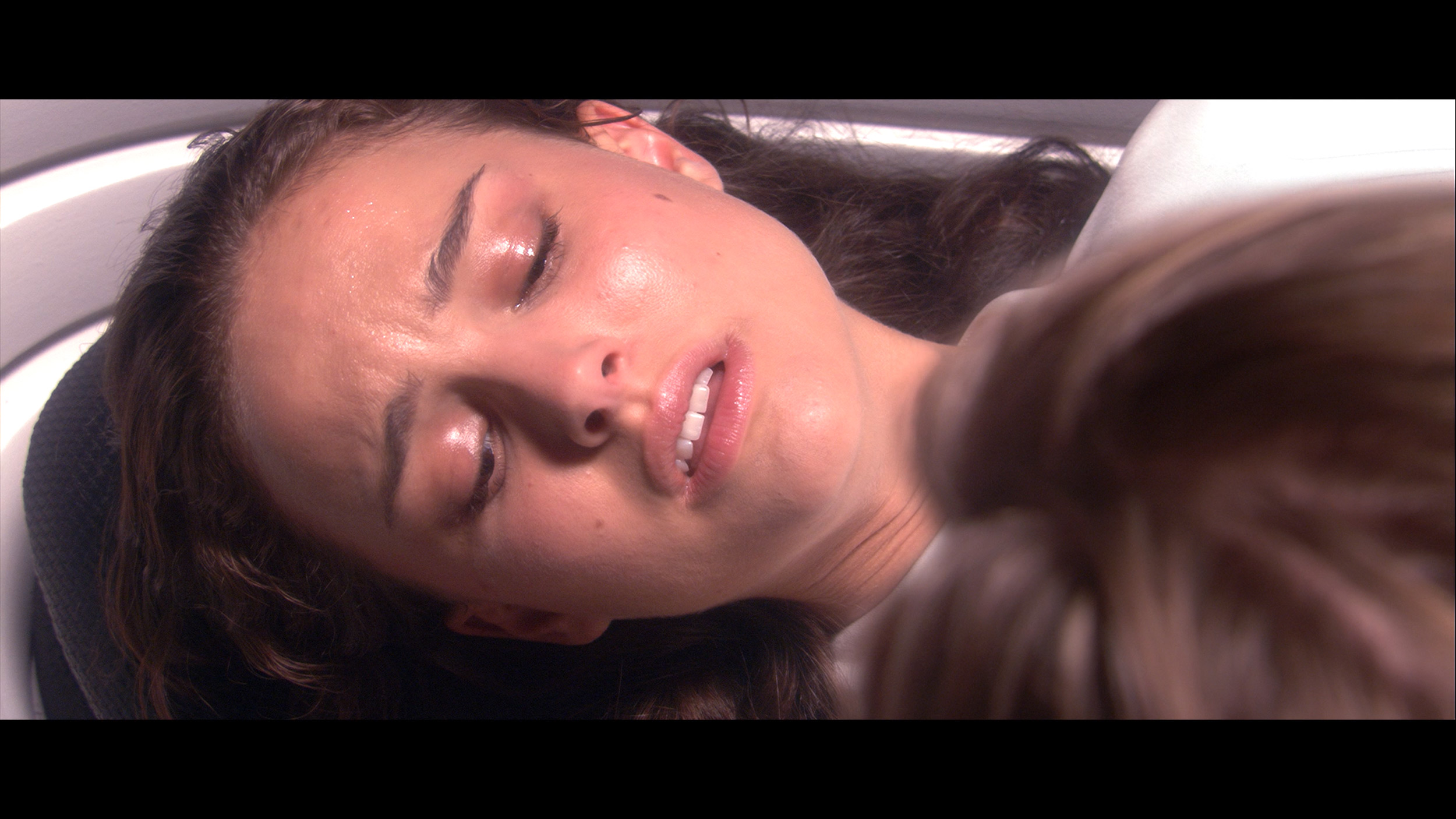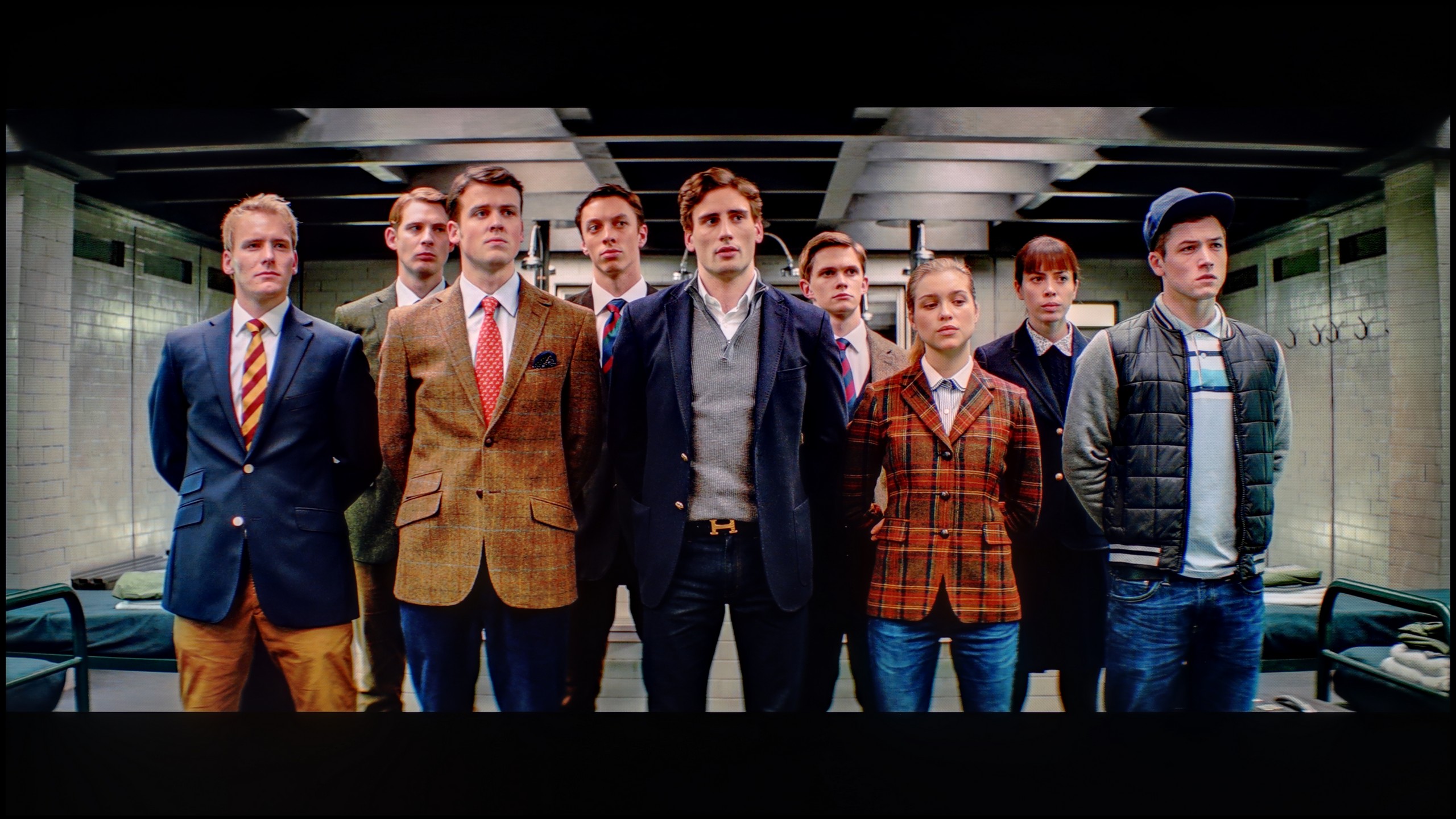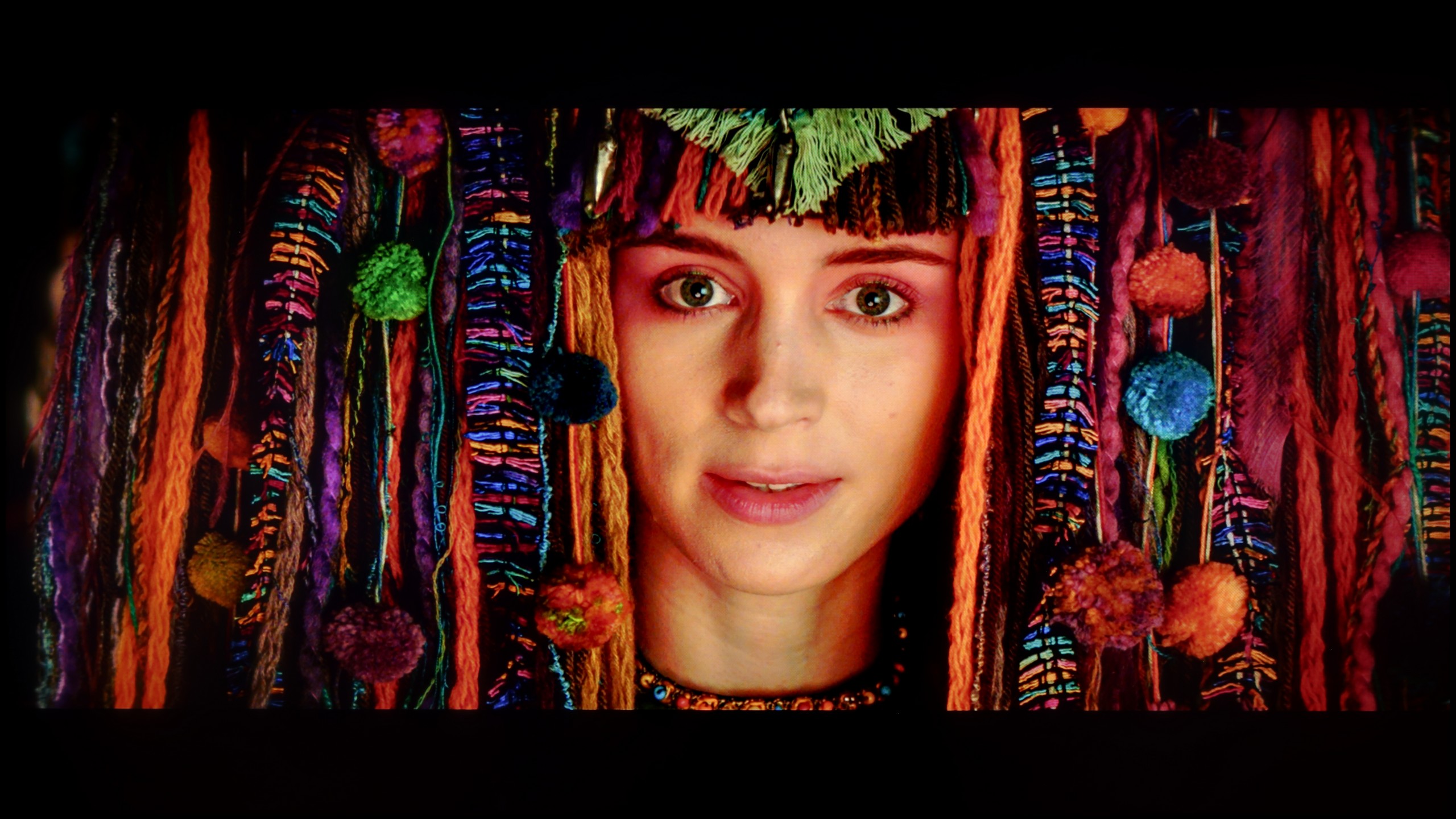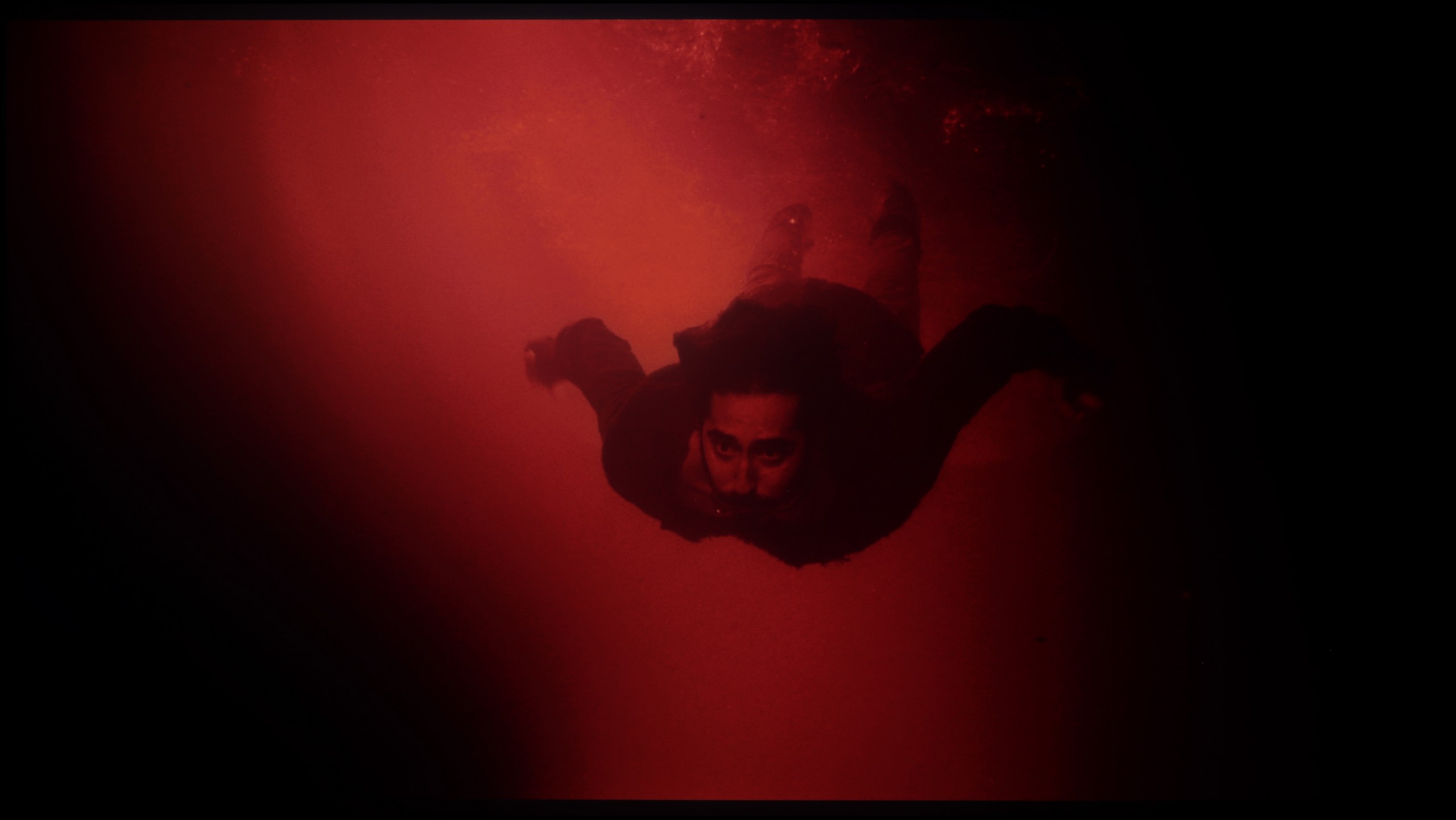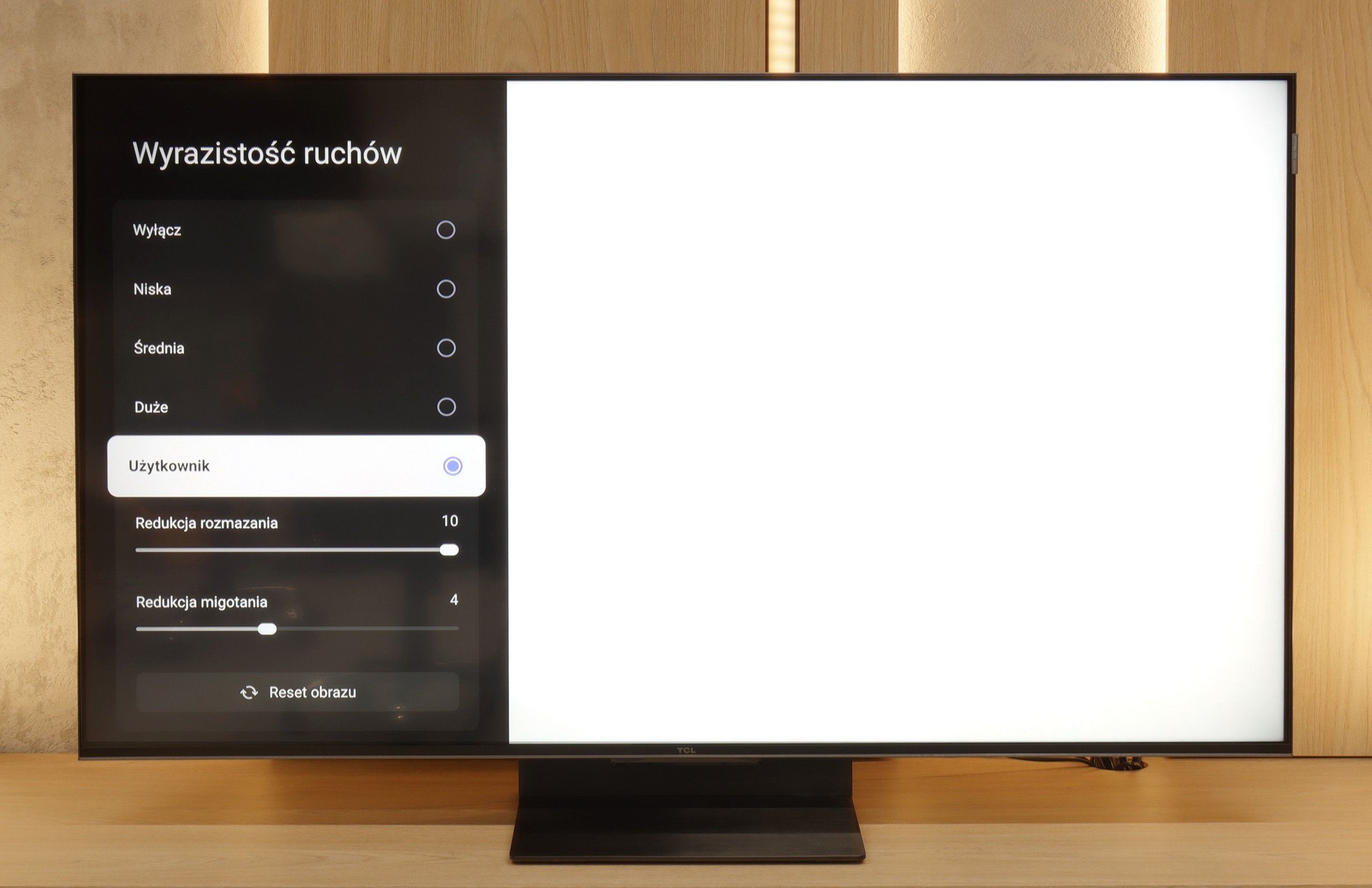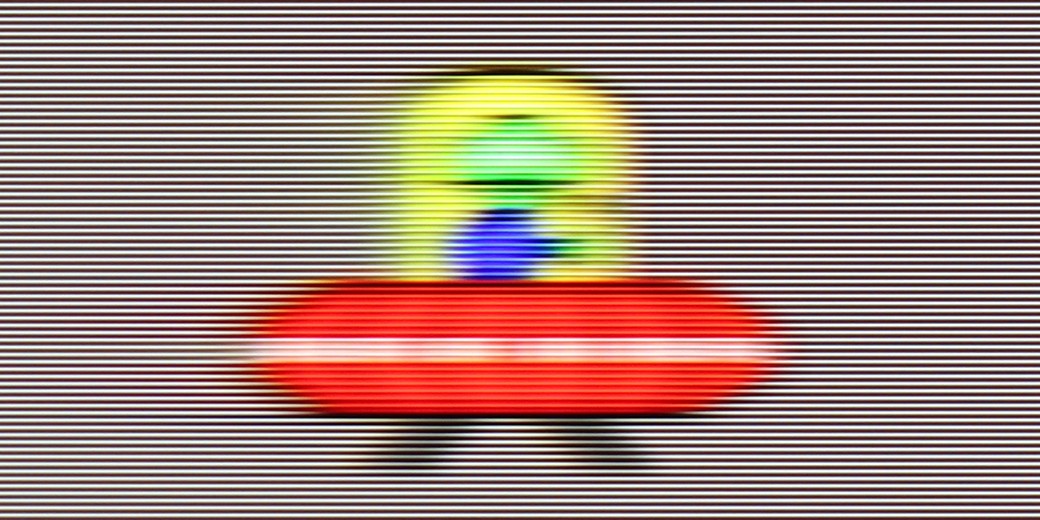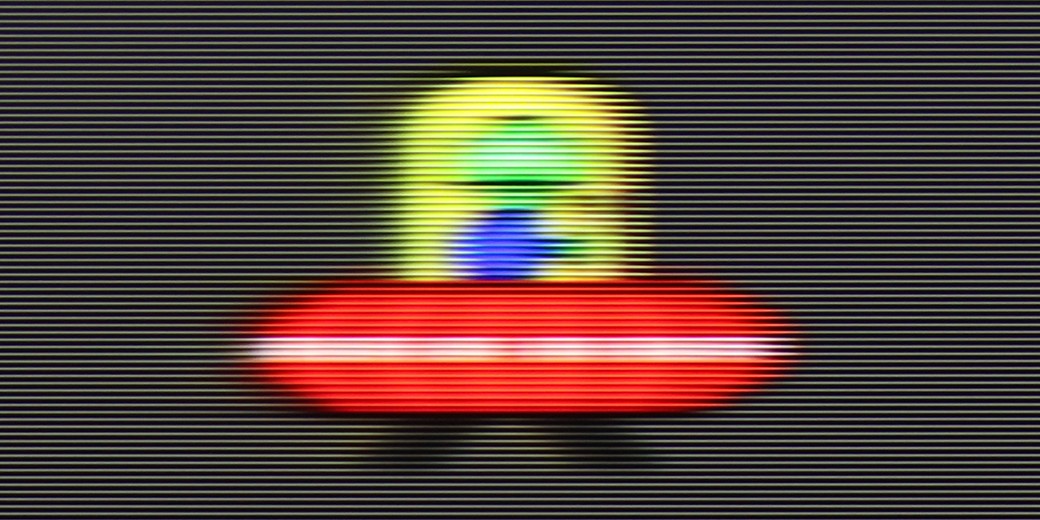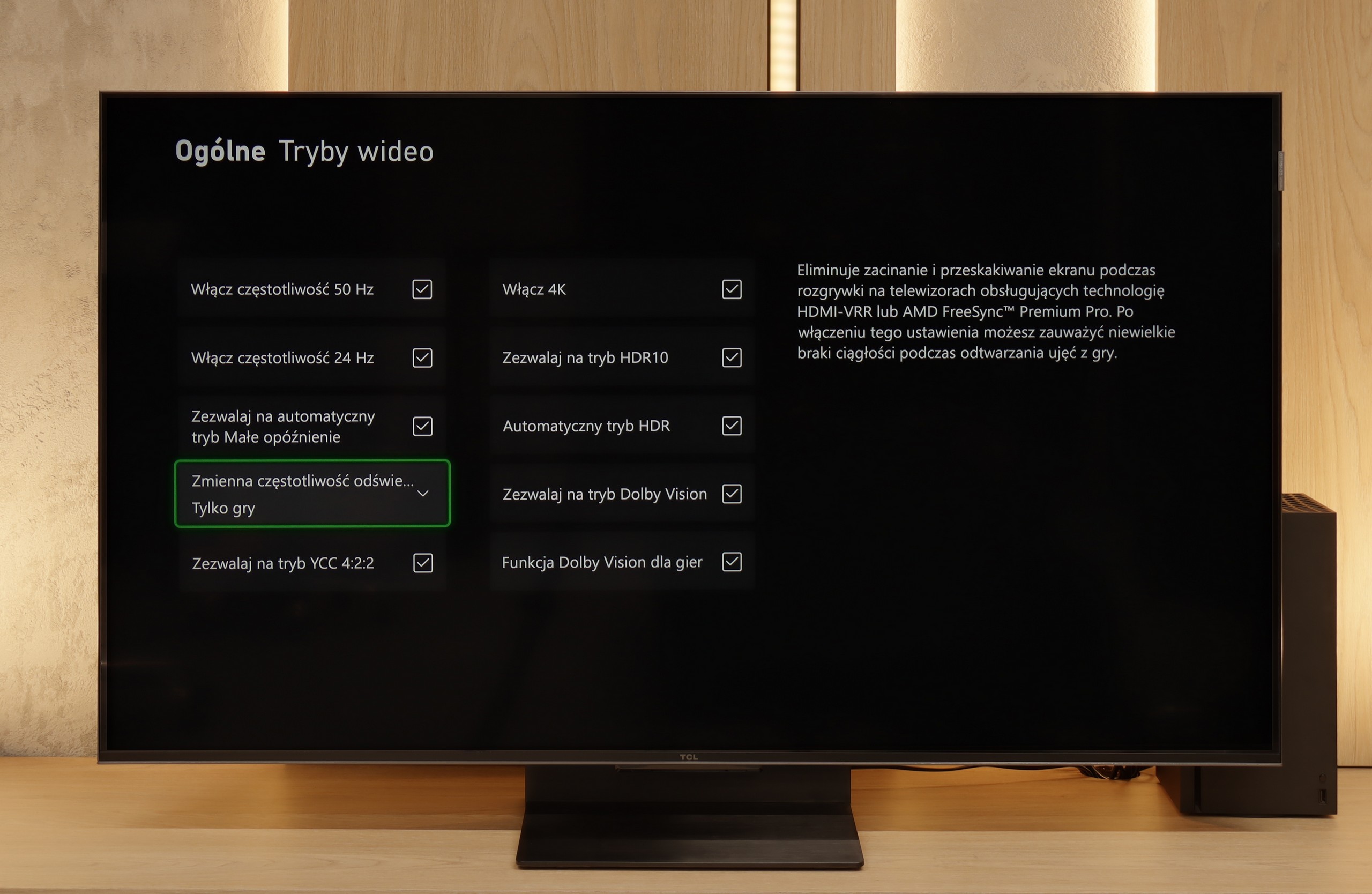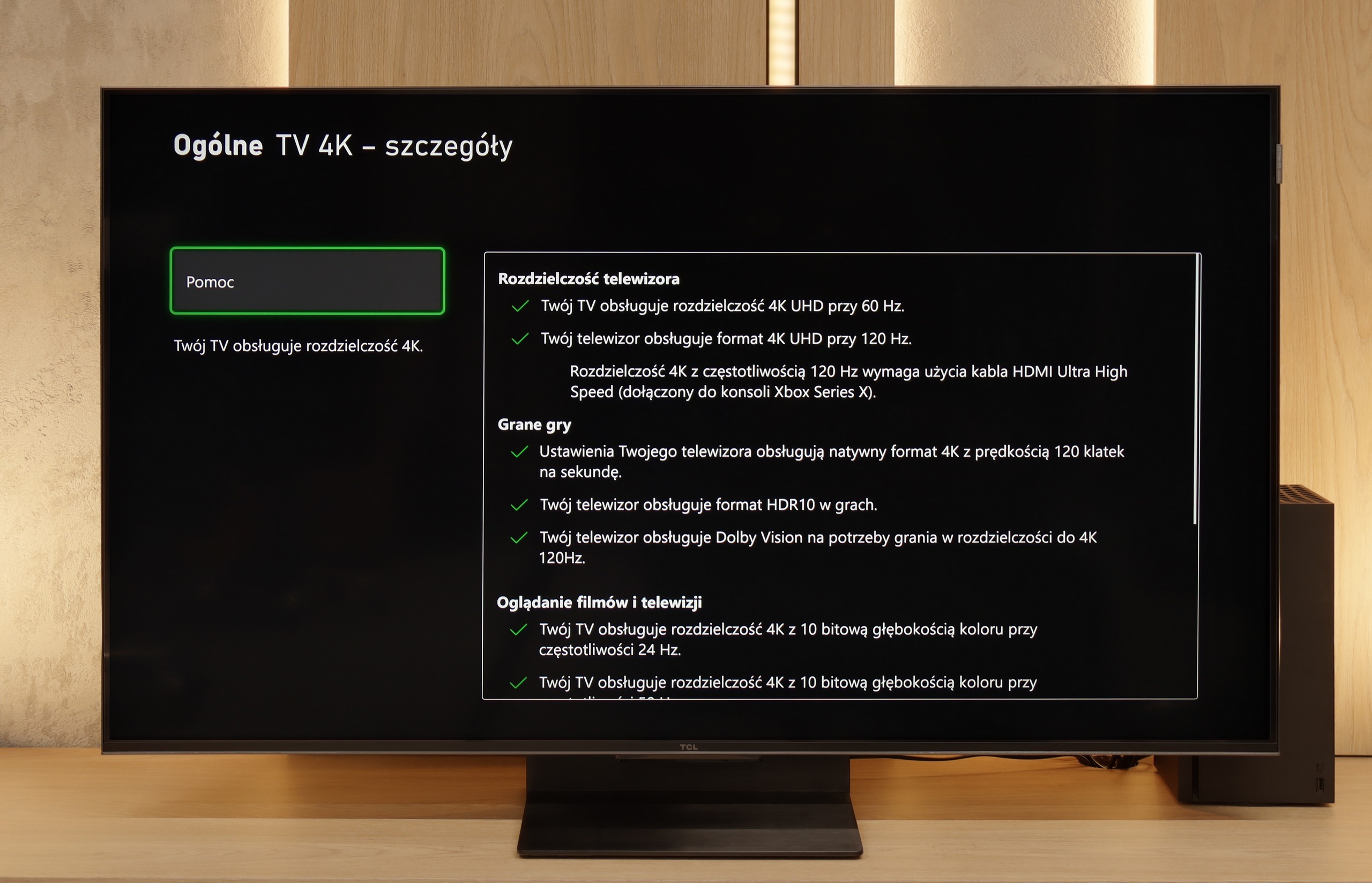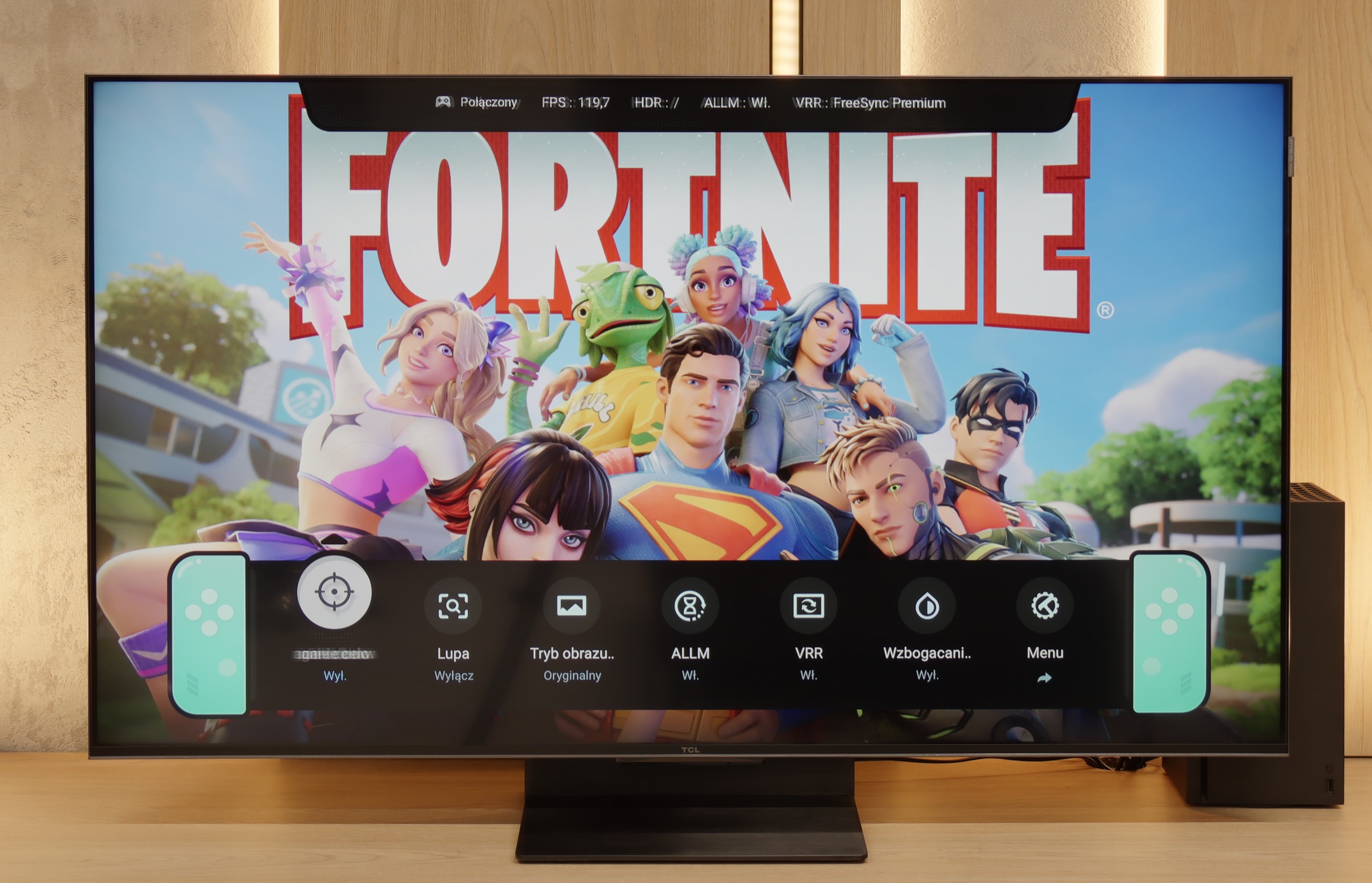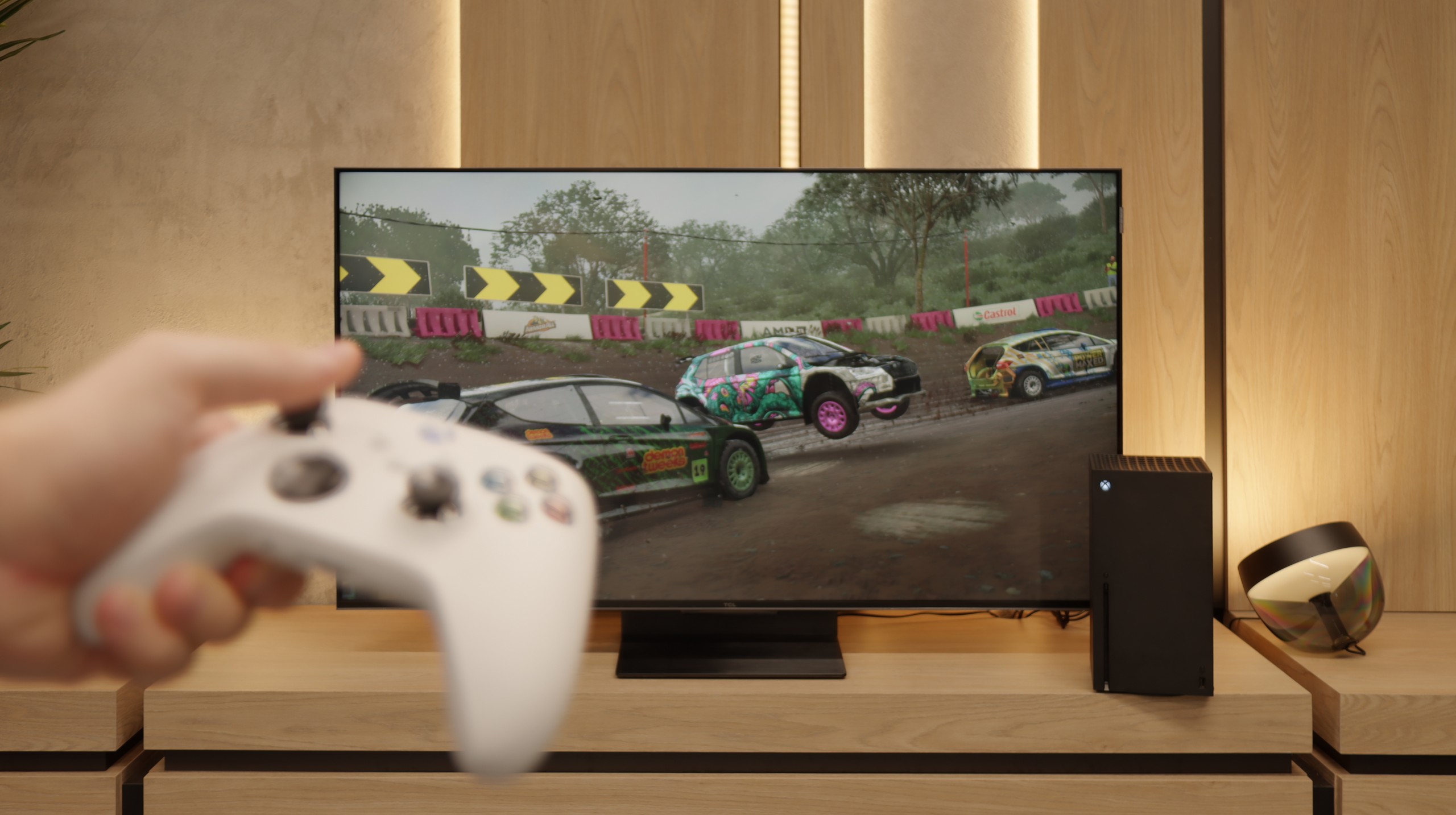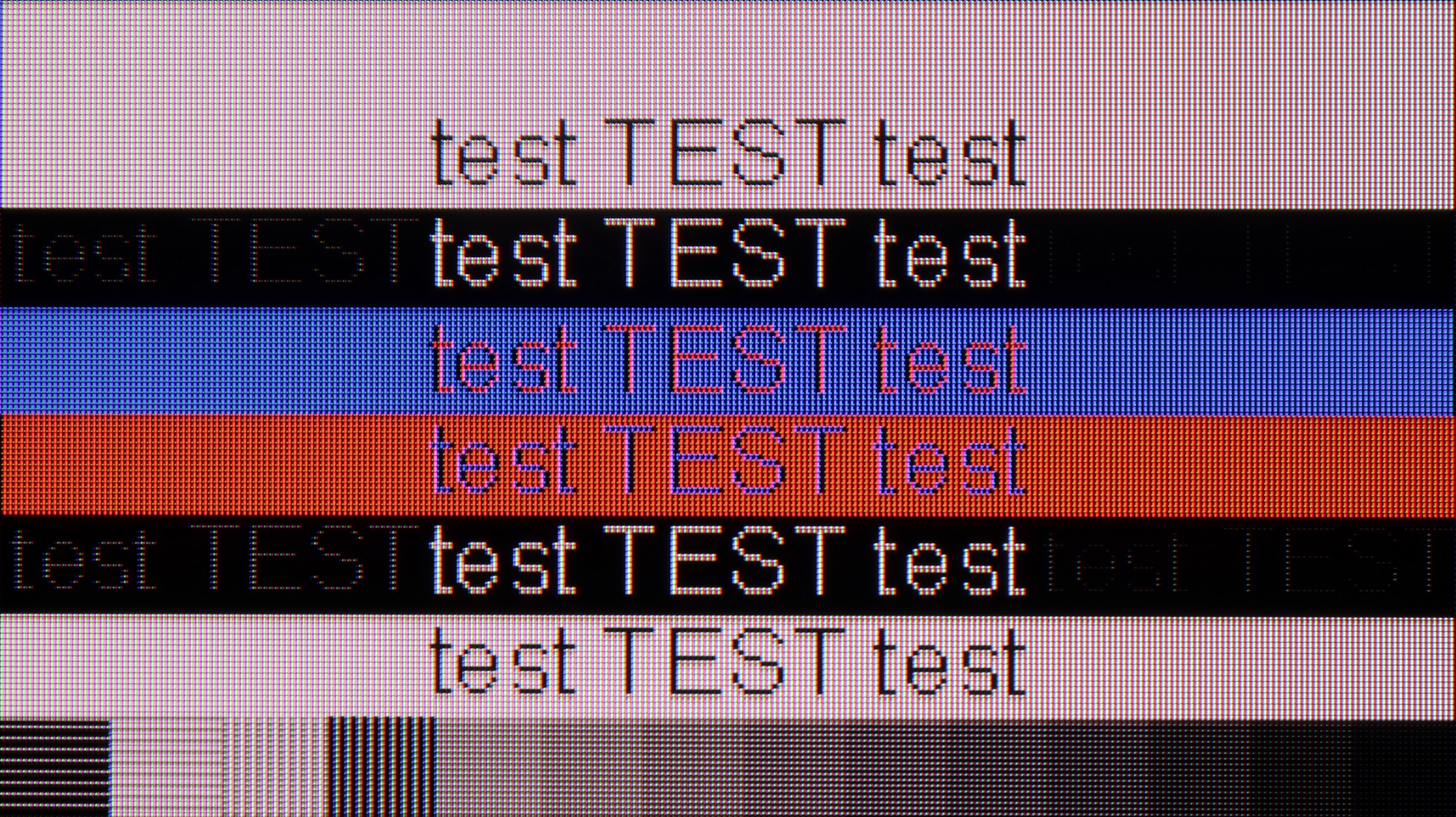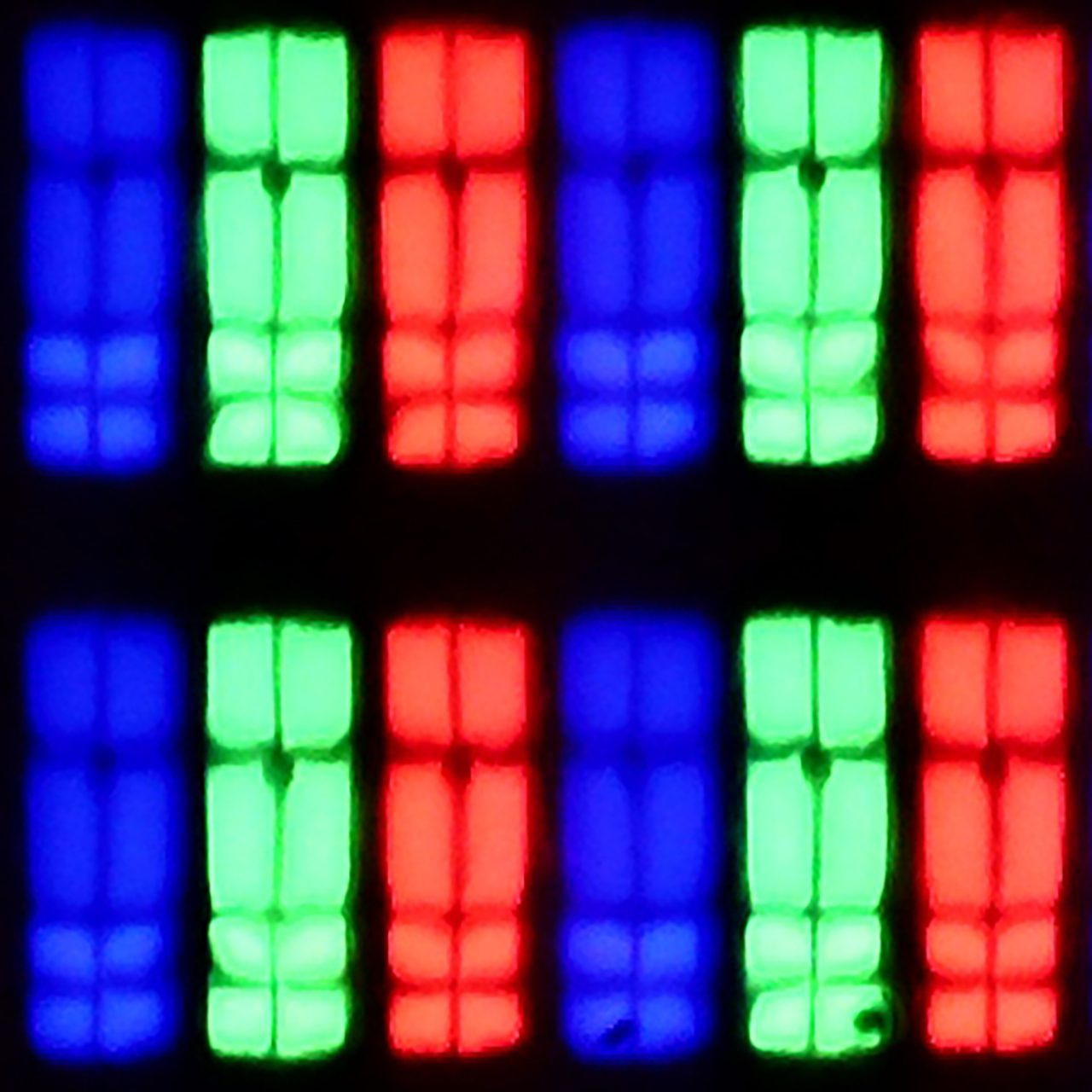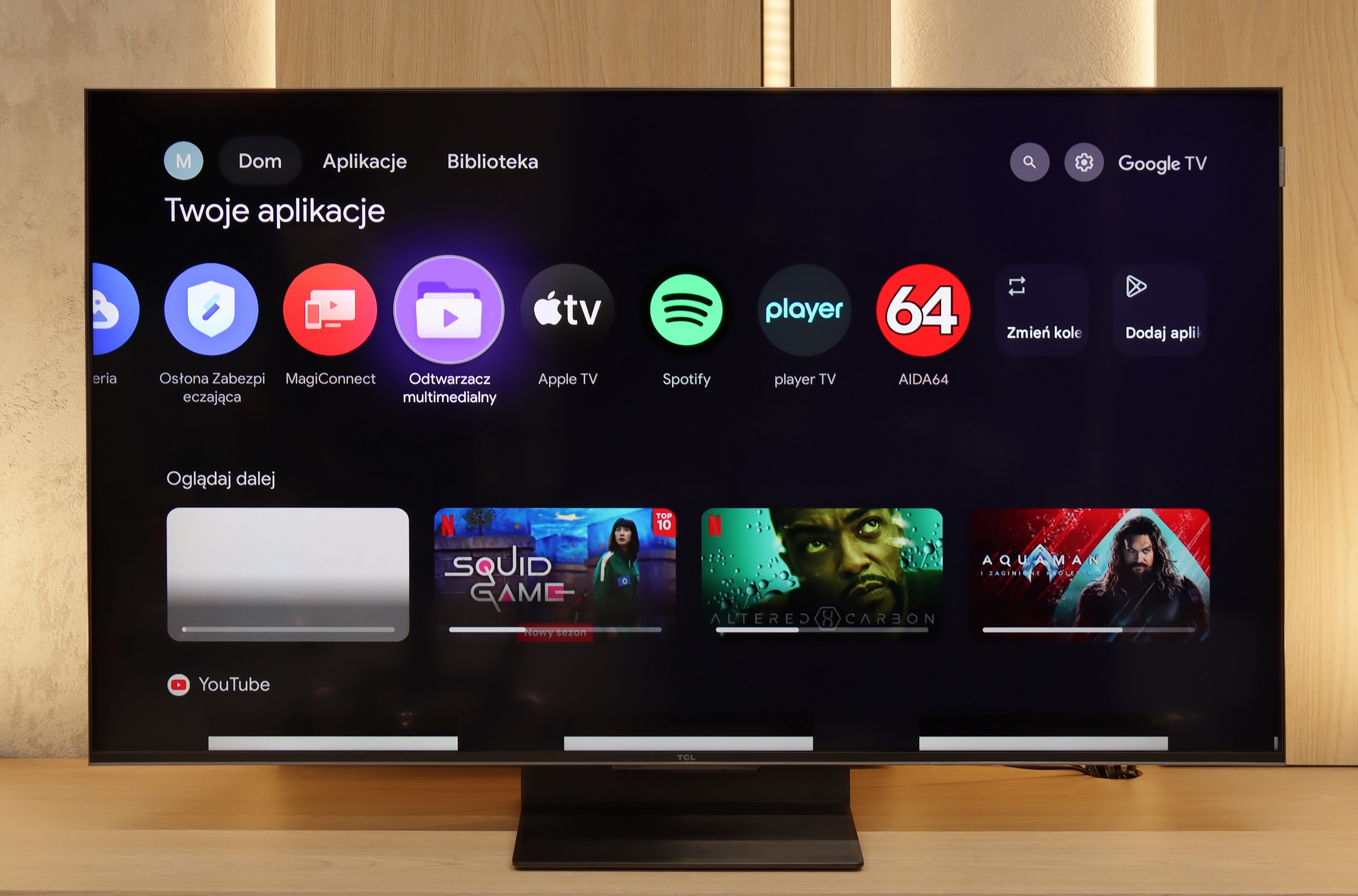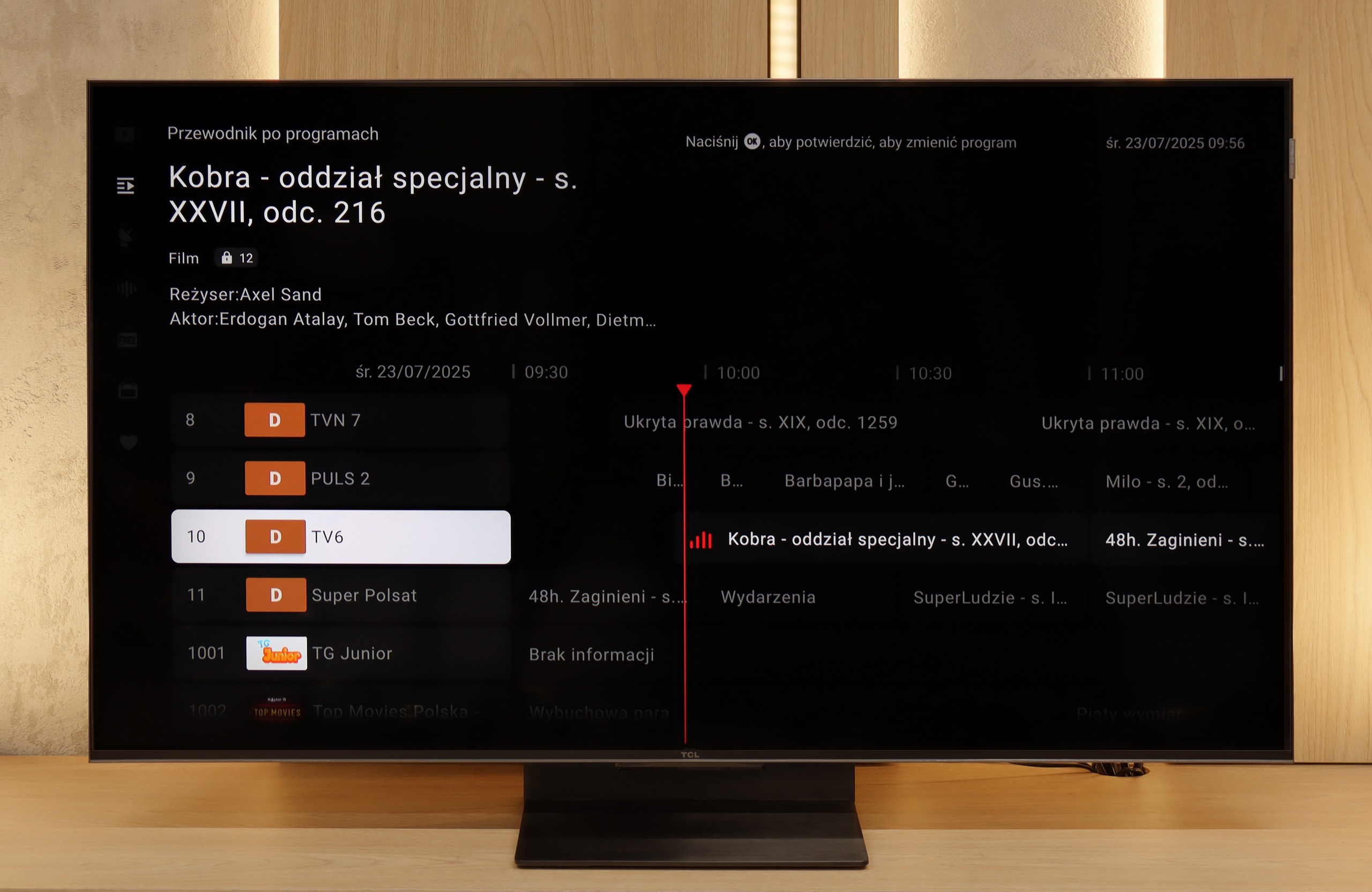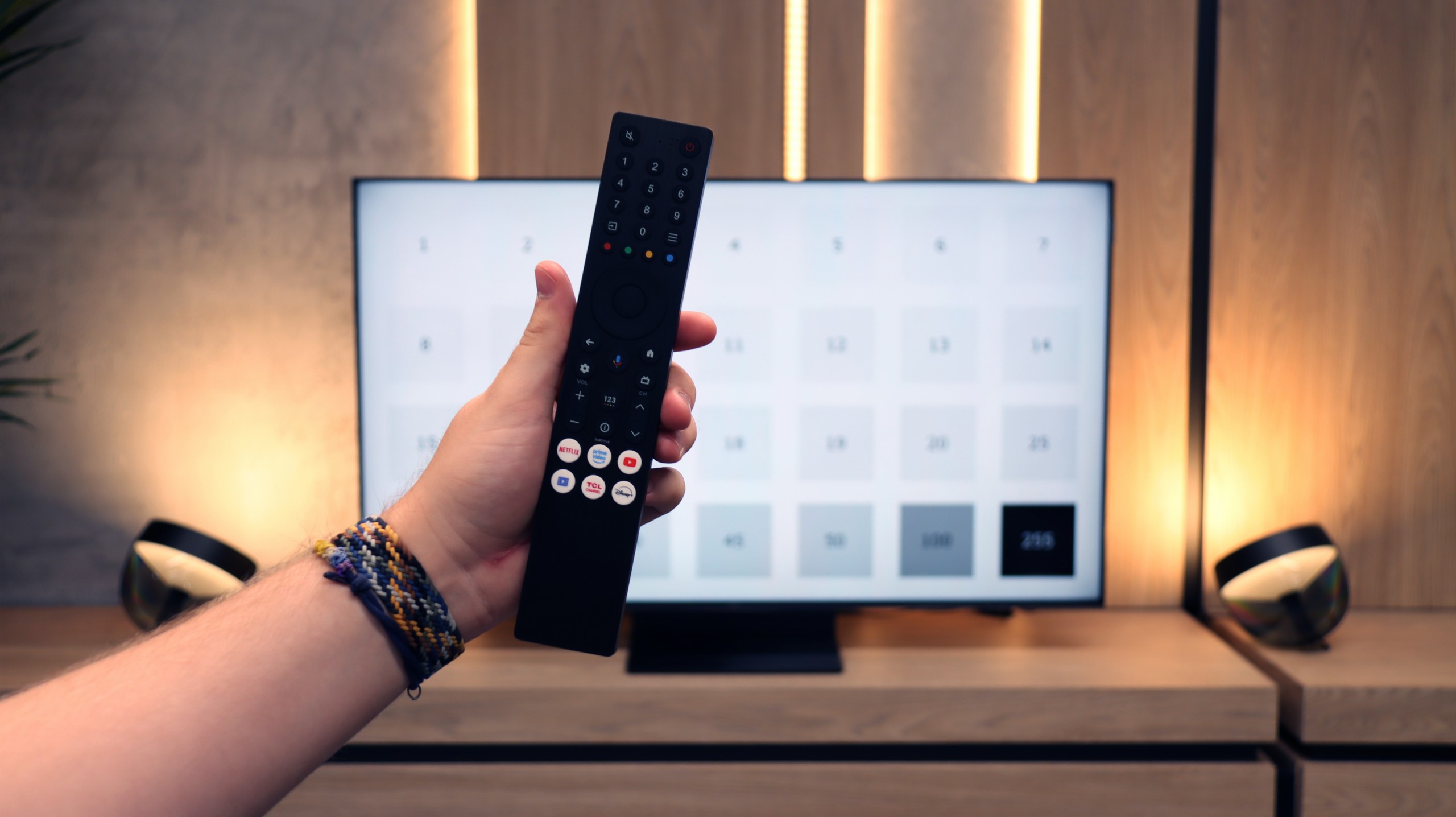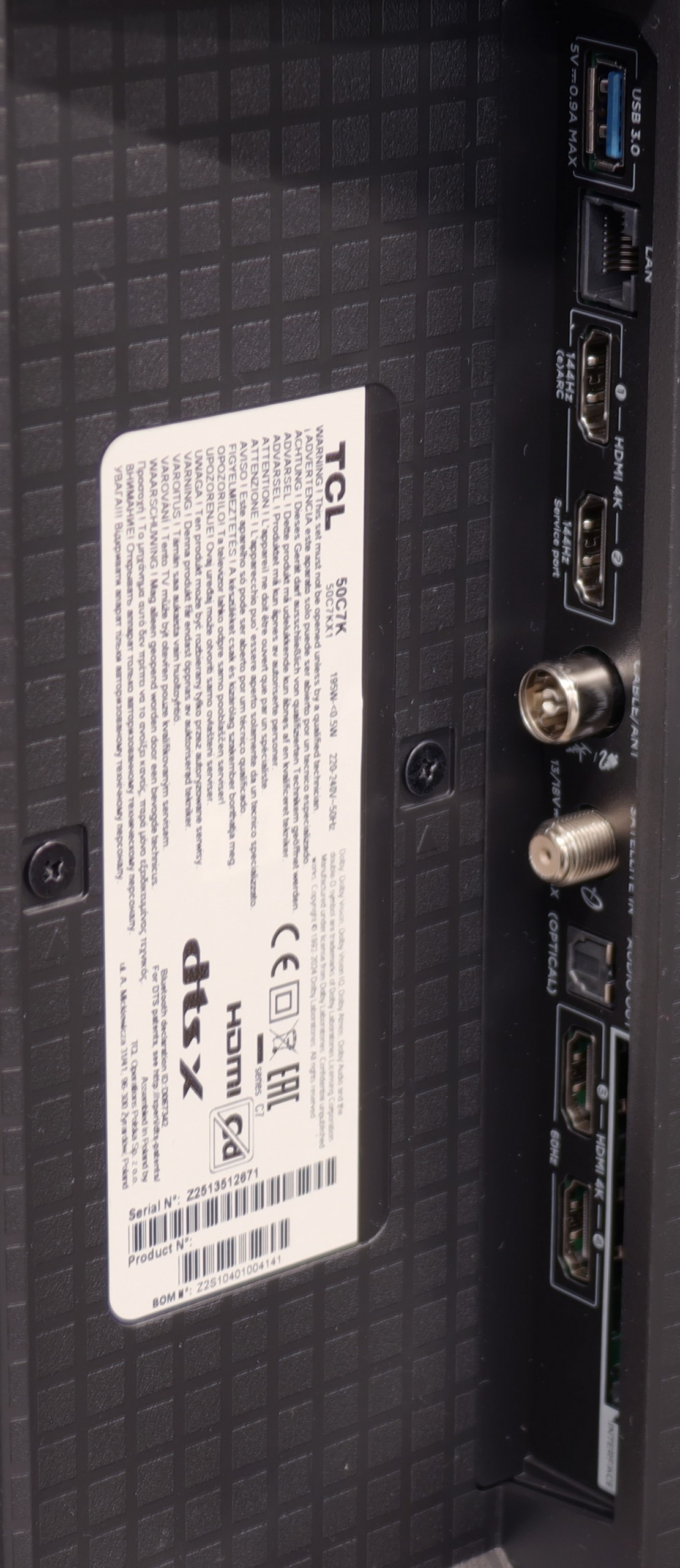The LG QNED87T is a unique offering in the TV market, excelling in several key areas. Its excellent compatibility with consoles and PCs, along with impressive motion fluidity, makes it an appealing choice for gamers. The 120Hz panel, VRR, and ALLM ensure smooth and responsive gameplay, making it ideal for fast-paced games and sports viewing. The WebOS system, paired with the Magic Remote control, enhances daily convenience, providing an intuitive interface and access to a wide range of apps like Netflix, YouTube, and Amazon Prime Video.
The TV's IPS panel offers wide viewing angles, ensuring good image quality even from side seats, which is perfect for group viewing. Features like USB recording, PIP (Picture-in-Picture), and Bluetooth connectivity improve user experience and convenience.
However, the LG QNED87T does have some limitations when it comes to high-quality content and home cinema use. Its contrast performance is weaker, and panel dimming issues can result in a lack of detail in dark scenes, particularly in low-light settings. While this may be less noticeable in bright or well-lit rooms, those seeking superior performance in dark environments may find these weaknesses more apparent.
Overall, the LG QNED87T is a versatile TV with modern features, making it a great option for everyday use and dynamic content, but it might not be the best choice for cinephiles or those seeking superior performance in dark rooms.
There are TVs that come in for testing and you immediately think: "oh, another average one, probably like many others." And in fact… that's true. The TCL C7K doesn't try to dethrone the OLEDs, it doesn't shout from the box "revolution!". And yet, after a few days of testing, it's hard not to think: "wow, this is really good equipment." And that's exactly what the C7K is. The biggest asset of the C7K is its decent picture at a reasonable price – MiniLED and quantum dots do their job here. The colors are vibrant, the brightness is satisfactory, the contrast is impressive, and with the right settings, you can truly enjoy viewing in the best quality. The second strong point is the fluidity of motion – both in sports and in games. Support for HDMI 2.1, variable refresh rate, 144 Hz, and a whole bunch of other features make playing on this TV a pure pleasure. Additionally, there's Google TV, which – despite minor shortcomings – provides access to nearly an endless library of applications. Voice control, quick access to YouTube, Netflix, AirPlay support – everything you need for daily use is here. Are there any downsides? Sure. The Google TV system sometimes experiences moments of "hesitation," and MiniLED – like any MiniLED – can stumble on very challenging movie scenes. But those are details. After all, the C7K is a mid-range model – and in this class, it simply performs excellently. So if you are looking for a reasonably priced, modern TV with Google TV that looks good, works well, and sounds pretty decent without breaking your budget – the TCL C7K definitely deserves attention.

